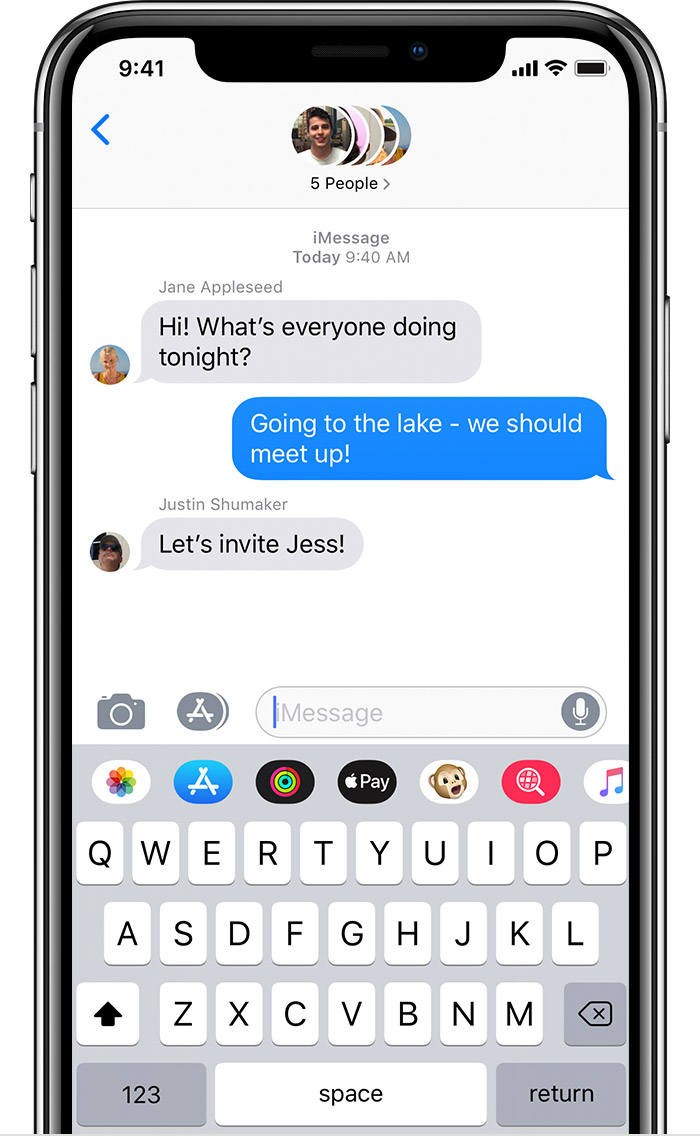


“Message Class” settings are generally used only for testing, except for “Class 0 (Flash)” messages which can be occasionally useful. When submitting an SMS message via URL parameters, replacement type values 1 thru 7 correspond to settings of PID=41 thru PID=47. Setting a “Replacement Type” value means that if the gateway sends a subsequent message with the same replacement type value, this will replace any previous messages that were sent by the same sender with the same replacement type value. The “Message Type” would normally be set to “Normal”. If the message is longer than 160 characters, the gateway will automatically use concatenated SMS (“long SMS”) message support to send the entire message. Whatever your business, Mailchimp can help you integrate SMS into the rest of your marketing efforts with a powerful set of tools, automations, and analytics that work alongside your email and social media campaigns.To send a text message, simply enter a phone number and the text of your message. And just as with e-commerce, you can reach out to customers with personalized offers, as well as suggestions to book again if it's been awhile since their last appointment.
If you have a business that takes appointments, transactional SMS can help reduce your cancellation and no-show rates by texting appointment confirmations and reminders. You can also send promotional text messages with discounts and sales, making use of SMS automation and audience segmentation to reach customers you think would be more likely to engage based on their purchasing behavior. If you have an e-commerce business, transactional SMS can help you build a stronger relationship with your customers by providing notifications when orders are received, shipped, and delivered.
ONLINE MESSAGE SENDER HOW TO
How to best use SMS marketing depends on the kind of business you have, your marketing strategies and goals, and the other forms of digital marketing you plan to use in your campaigns. If you're using a marketing platform like Mailchimp, which offers SMS marketing tools, automations, and analytics that work alongside your email and social media campaigns, you can take advantage of everything SMS marketing has to offer your business without a lot of extra effort. Acquiring consent, knowing your audience, staying on brand, personalization, and data-driven optimization are necessary strategies that apply to all forms of digital marketing, SMS included, and all can benefit from automation and segmentation to direct your marketing to the right people at the right time. While SMS marketing has some unique benefits and considerations, such as the direct nature of text messages and a greater need for concise wording, it's similar in many ways to other marketing channels like email and social media.

Both require opt-in consent-though each has a different set of additional legal regulations that apply to them-and both can be personalized to drive engagement, conversion, and loyalty. Transactional SMS informs your customers in real-time when something relevant happens, such as a shipped order or a confirmed appointment, while promotional SMS lets customers and prospects know about offers, sales, and opportunities. There are two main types of SMS marketing: transactional and promotional. Mailchimp provides the automated text messages and SMS marketing tools you need to engage your audience, drive conversions, and enhance customer relationships. With solutions such as Mailchimp, you can optimize your SMS marketing campaigns with collected data and analytics in real-time. Include a simple unsubscribe link (or instructions) at the end of every marketing text. Make unsubscribing easy: Even though you have consent to send text messages, people have the right to change their minds. Use analytics to track performance and make data-driven optimizations. Test and optimize: Experiment with different timing and message formats to dial in the resonance with your audience. This allows for targeted messaging and better response rates. Know your audience: Use SMS marketing automation to divide your subscribers into segments based on demographics, preferences, or purchase history. Make use of personalization, a clear call-to-action, and a sense of urgency when appropriate. Keep it brief: Create concise and engaging SMS messages that provide value to your audience. Get consent: Obtain permission from customers to receive SMS messages by offering opt-in opportunities through your website, social media, and email campaigns. Best practices for bringing SMS marketing campaigns into your business include:


 0 kommentar(er)
0 kommentar(er)
